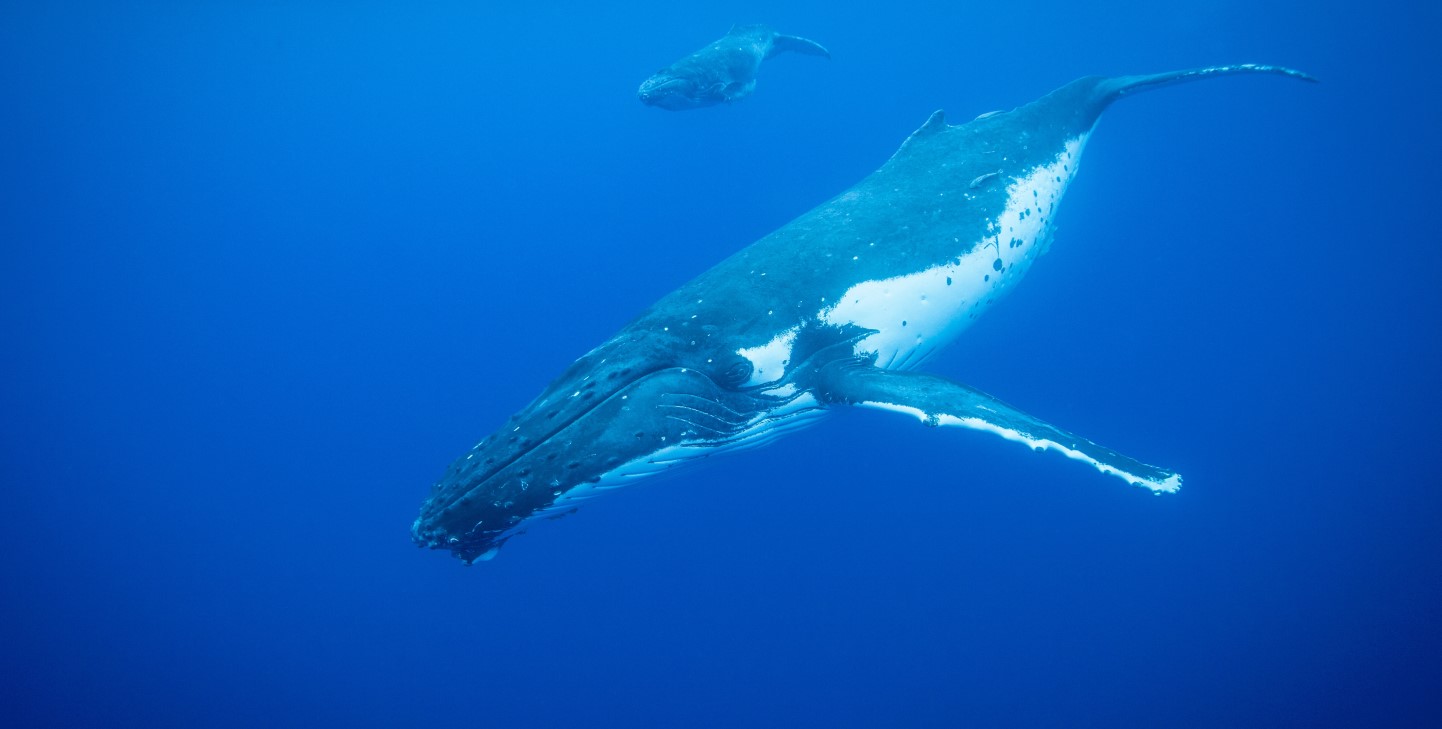From the postcard-perfect Coral Bay to the hidden beauty of Secret Cove, these spots promise stunning photos and unforgettable views.
GVI
Posted: August 29, 2024

Petrina Darrah
Posted: May 18, 2023
The ocean is a vast, mysterious and beautiful place. Beneath the surface of the sea, there is an entire world full of fascinating creatures that call the ocean their home. Marine animals are essential to the survival of our planet, playing vital roles in the ocean’s food chains and ecosystems. Unfortunately, many marine species are currently facing the threat of extinction due to a range of human activities. In this article, we will explore the current status of endangered marine animals, the consequences of their decline, and the conservation efforts underway to protect them.
The world’s oceans are currently facing a crisis of endangered marine animals, with many species threatened with extinction. The leading causes of endangerment include overfishing, bycatch, climate change, pollution, and habitat loss and degradation. One example of an endangered marine animal is the vaquita, a small porpoise found in the Gulf of California. The vaquita is critically endangered due to accidental entanglement in fishing nets, and there are only around 10 individuals remaining in the wild.
Another example is the blue whale, the largest animal on earth. Despite being protected under international law, the blue whale’s population remains low due to whaling activities. The hawksbill turtle is also endangered, with populations decreasing due to overfishing and habitat destruction. The giant manta ray is also facing threats from overfishing, while the leatherback turtle is vulnerable due to egg harvesting and plastic pollution.
The decline of endangered marine animals has severe consequences on the health and wellbeing of our planet. Ecologically, the loss of these species can disrupt food webs and lead to the extinction of other species. Economically, the loss of endangered marine animals can result in a loss of revenue from tourism, as well as a reduction in food and livelihoods for communities that depend on fishing. Ethically, we have a responsibility to protect endangered species and maintain the integrity of the ocean’s ecosystems.

Despite the challenges, there are several conservation efforts underway to protect endangered marine animals. International conservation efforts include agreements and treaties, as well as organisations such as the International Union for Conservation of Nature (IUCN). National conservation efforts include laws and regulations, as well as conservation programs and initiatives. Local conservation efforts include community-based conservation and citizen science programs.
You can get directly involved in marine conservation by joining responsible volunteer programs with GVI. GVI’s marine conservation programs focus on research and protection efforts to preserve endangered marine animals and their habitats.
One of GVI’s marine conservation programs takes place in the stunning Seychelles, a group of islands located in the Indian Ocean. In partnership with the Seychelles National Parks Authority, GVI’s marine conservation program aims to protect the endangered hawksbill and green turtles. The program also conducts research on coral reefs and their ecosystems to better understand and protect these vital habitats.
Another program takes place in Mexico’s Yucatan Peninsula, where GVI works with local communities to conserve the critically endangered hawksbill turtle. The program involves monitoring and protecting nesting sites, as well as conducting research on the turtle’s habitat and behaviour.
There have been several success stories in the field of marine conservation. One example is the recovery of the humpback whale population. Due to commercial whaling activities in the 19th and 20th centuries, humpback whale populations were drastically reduced. However, thanks to international conservation efforts and protection under the Endangered Species Act in the US, humpback whale populations have been able to recover. Today, the species is no longer considered endangered, and their numbers are estimated to be around 80,000 individuals worldwide.
Another success story is the recovery of the California sea otter. Due to fur hunting and habitat loss, the California sea otter was on the brink of extinction in the early 20th century. However, thanks to conservation efforts, including protection under the Endangered Species Act, the population has slowly recovered. Today, there are around 3,000 individuals living along the coast of California.
The crisis of endangered marine animals is a complex issue that requires global attention and action. The loss of these species has severe consequences for our planet, and it is our responsibility to protect them. Through international treaties and agreements, national laws and regulations, and local conservation efforts, we can work together to conserve and protect endangered marine animals and their habitats. Programs such as those run by GVI provide a way for individuals to get involved and make a difference in marine conservation. By working together, we can ensure that future generations will be able to enjoy the beauty and diversity of the ocean’s creatures.
By Petrina Darrah

From the postcard-perfect Coral Bay to the hidden beauty of Secret Cove, these spots promise stunning photos and unforgettable views.
GVI
Posted: August 29, 2024